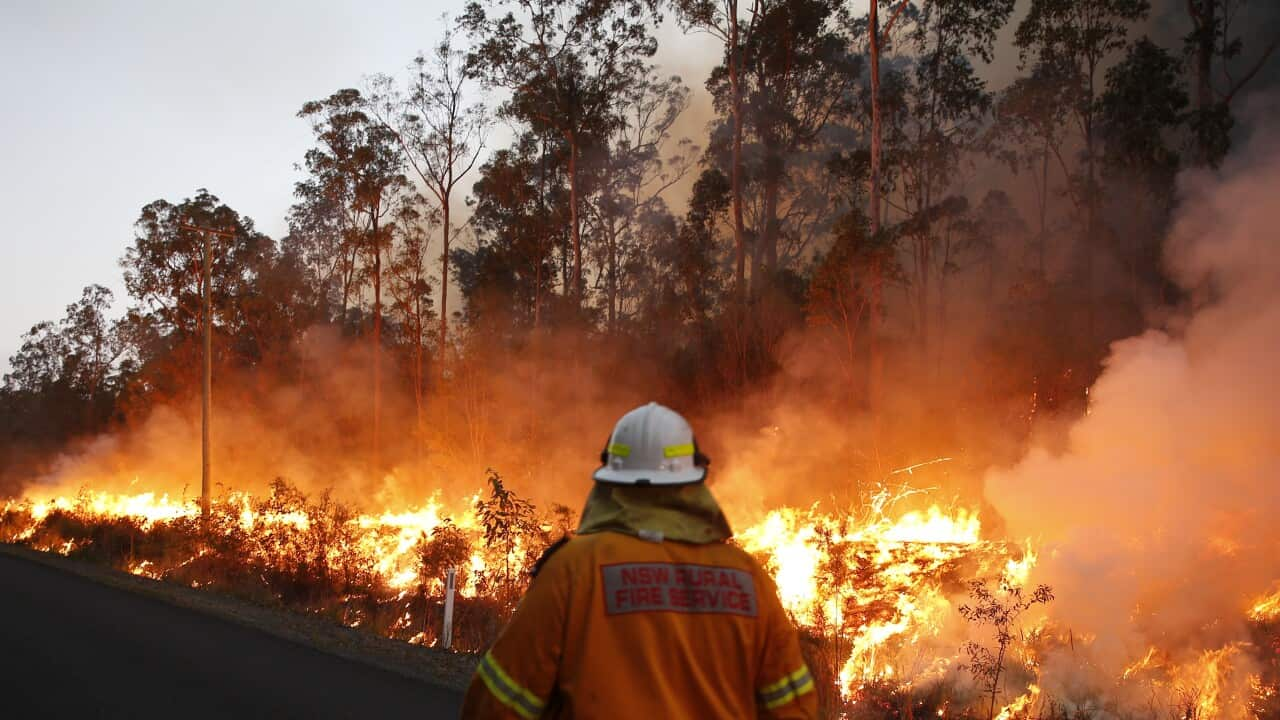BAL Report Principles: Necessary Information for Property Owners
BAL Report Principles: Necessary Information for Property Owners
Blog Article
Ensuring Bush Fire Security With Correct BAL Report Evaluation
In the realm of bush fire protection, the precise evaluation of Bushfire Assault Degree (BAL) records stands as a cornerstone for guarding properties versus the damaging influence of wildfires. With ecological factors and property characteristics playing considerable duties in establishing the level of risk, a comprehensive understanding of BAL ratings comes to be essential. Nonetheless, the genuine essence lies not simply in comprehending these records however in understanding them successfully to formulate tailored fire protection strategies. By diving right into the relevance of BAL record analysis, we uncover a realm where notified decisions pave the path towards strengthening residential property safety and security and strength in fire-prone areas.
Understanding Bushfire Attack Degree (BAL)
In the realm of bushfire protection, comprehending the Bushfire Attack Level (BAL) is paramount for making certain effective reduction approaches. Recognizing the BAL rating of a home is crucial for residential or commercial property contractors, owners, and policymakers to apply suitable procedures to protect against bushfire risks.

Value of BAL Report Analysis
A vital facet in bushfire defense preparation entails the detailed evaluation of BAL records to analyze the potential dangers and identify appropriate mitigation strategies. BAL reports supply critical details regarding the possible impact of bushfires on a property based upon different elements such as vegetation kind, distance to prospective fire risks, and incline of the land. Analyzing these records with accuracy is paramount in creating reliable bushfire security procedures customized to the particular risk profile of a residential property.
Carrying Out Fire Defense Actions
Applying effective fire protection steps is critical for securing buildings in bushfire-prone areas. One of the key ways to enhance fire protection is by developing defensible space around buildings. This entails clearing flammable greenery, such as completely dry fallen leaves and branches, within a specific distance of the building. In addition, setting up fireproof roofing materials can help in reducing the danger of coal sparking the roofing system during a bushfire. Correctly maintained gutters and screens are likewise necessary to stop particles buildup that could fuel a fire.
Moreover, having a adequate and properly maintained water supply, such as a tank or pool, can aid firemens in their initiatives to protect the property. BAL Report. Overall, executing a combination of these fire protection procedures can significantly enhance the possibilities of protecting residential properties during bushfire occasions.
Mitigating Threats in Fire-Prone Locations
To strengthen buildings against bushfire hazards, a tactical concentrate on mitigating threats in fire-prone areas is vital. Mitigating risks in fire-prone areas includes a thorough technique that includes various procedures to minimize the chance and impact of bushfires. One important aspect look what i found of risk reduction is preserving defensible area around properties by removing combustible vegetation, making certain sufficient spacing between trees and frameworks, and using fireproof landscape design practices. Furthermore, implementing ember-proofing procedures such as installing metal mesh displays on windows and covering roof covering cavities can help avoid ash assaults and minimize the danger of place fires.
Furthermore, creating or retrofitting buildings with fire-resistant materials and guaranteeing proper maintenance of roofings, seamless gutters, and external cladding can dramatically boost the residential or commercial property's resilience to bushfires. Establishing and exercising a bushfire emergency situation plan with all residents, consisting of evacuation procedures and communication techniques, is likewise vital in mitigating threats properly. By embracing a positive strategy to risk mitigation in fire-prone locations, homeowner can much better secure their possessions and improve overall bushfire preparedness.
Ensuring Residential Property Safety and Durability
Ensuring the security and resilience of residential properties in fire-prone locations needs a steadfast dedication to durable safety nets and calculated preparation. Residential property safety and security starts with applying efficient steps to decrease fire dangers. This includes maintaining a defensible area around the home by clearing flammable plants, making sure correct maintenance of rain gutters and roofings, and utilizing fire-resistant structure products. Routine upkeep of firefighting equipment, such as tubes and automatic sprinkler, is also important to their explanation property resilience.
Strength, on the various other hand, involves the capability of a building to endure and recoup from a bushfire. By proactively attending to these aspects, home proprietors can much better protect their possessions and liked ones from the threat of bushfires.
Final Thought
Finally, making certain bushfire protection with correct BAL report evaluation is important for understanding the level of risk posed by bushfires and implementing necessary fire security measures. By mitigating dangers in fire-prone areas and ensuring residential property security and durability, areas and people can better plan for and react to bushfire occasions. It is necessary to prioritize fire precaution to secure lives and residential property in these high-risk settings.
In the world of bush fire defense, the thorough evaluation of Bushfire Attack Level (BAL) reports stands as a keystone for guarding properties against the destructive effect of wildfires (BAL Report). Understanding the BAL rating of a residential property is critical for home builders, proprietors, and policymakers to apply proper measures to secure against bushfire threats

BAL reports offer crucial info concerning the prospective influence of bushfires on a building based on numerous elements such as plants type, range to prospective fire risks, and slope of the land (BAL Report). Overall, implementing a mix Discover More Here of these fire defense steps can substantially increase the possibilities of guarding residential or commercial properties during bushfire events
Report this page